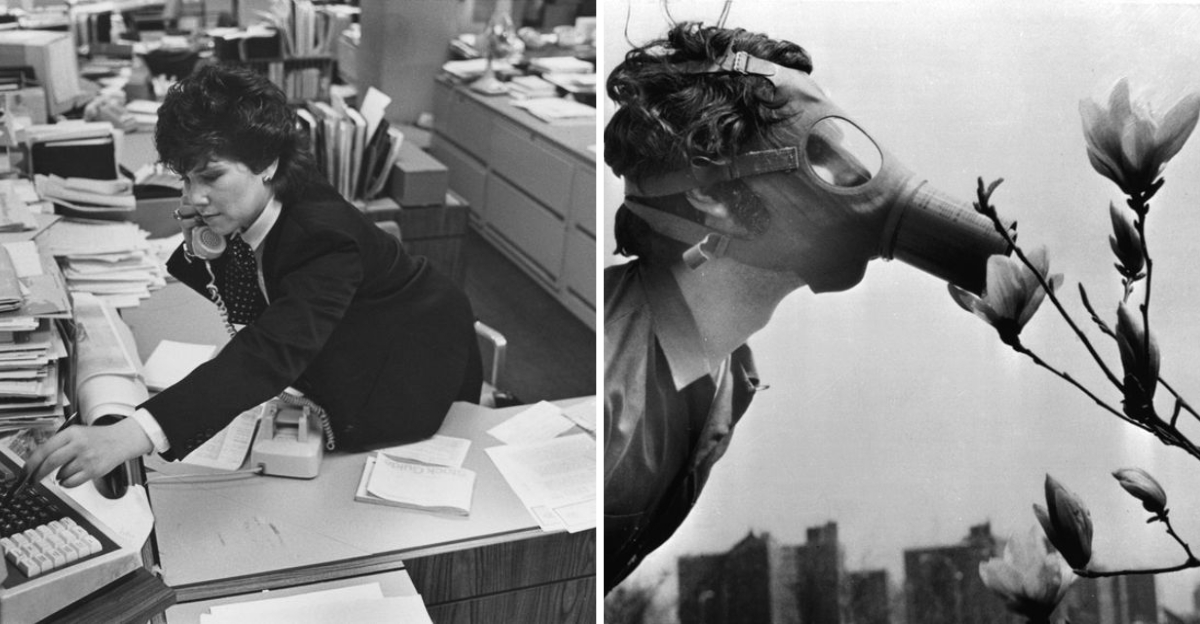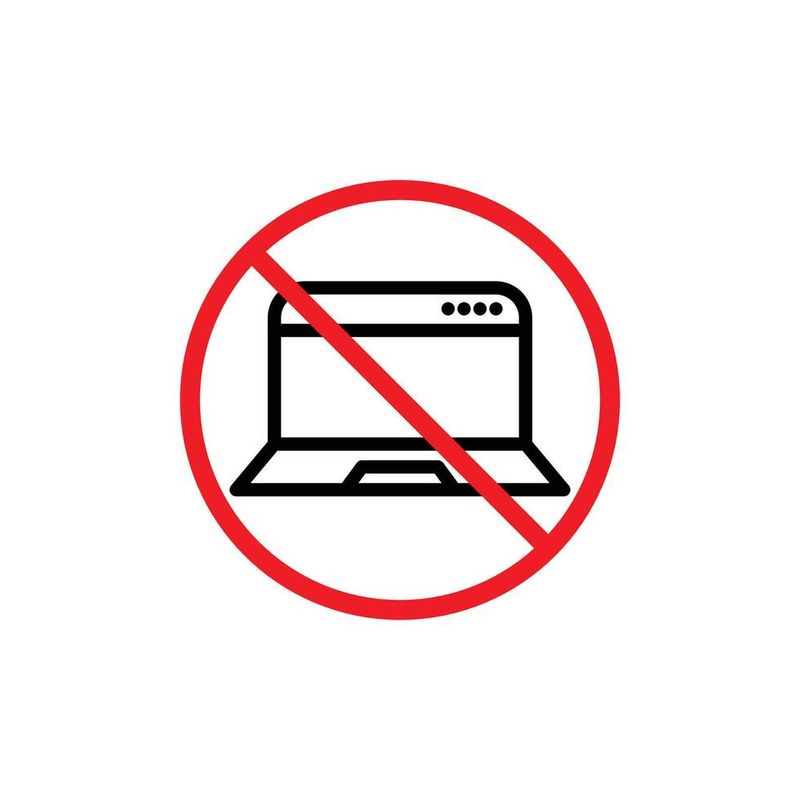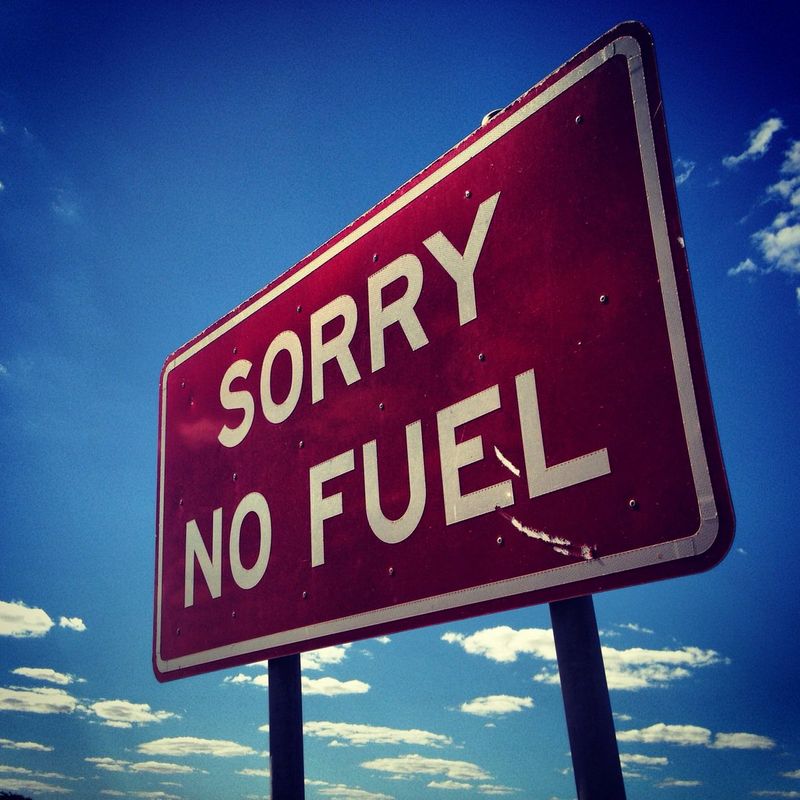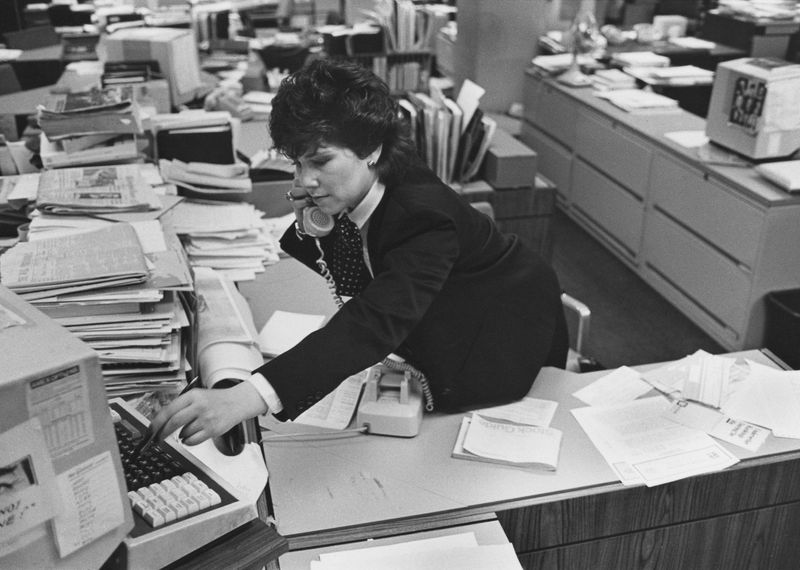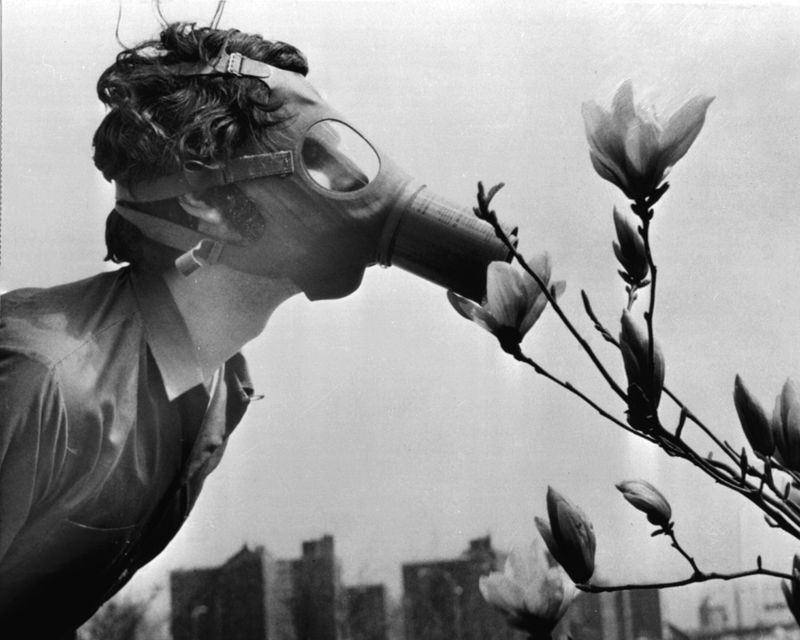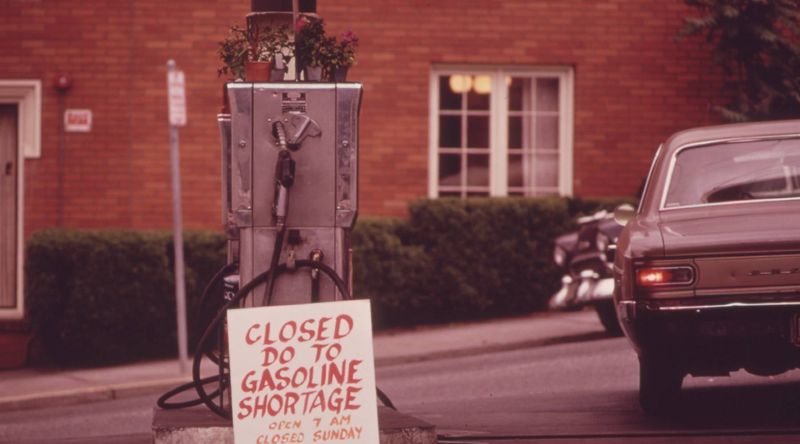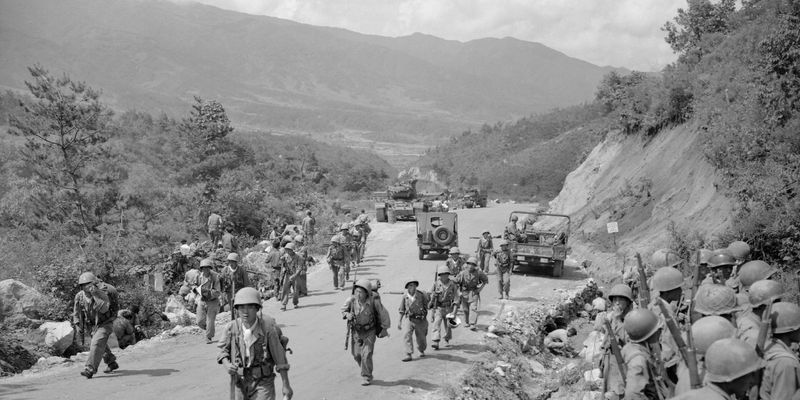The 1970s was a decade of change and challenge. People faced harsh realities that shaped their daily lives in ways that are hard for today’s generation to imagine. From limited technology to cultural norms, the ’70s presented a unique set of obstacles. This post explores eight significant challenges that people in the ’70s dealt with, highlighting how these experiences differ from what we know today.
Limited Communication Options
In the 1970s, communicating was a different game. There were no smartphones or instant messaging apps, only landlines and rotary phones. People relied on letters or face-to-face conversations to keep in touch. Long-distance calls were expensive, leading to brief and infrequent conversations. Imagine waiting days, or even weeks, for a letter to arrive.
This lack of instant communication affected personal and professional relationships. Today, we take for granted the ability to connect instantly with friends and family worldwide, but back then, every call and letter carried significant weight and anticipation.
Lack of Digital Convenience
The absence of digital technology marked the ’70s. People used typewriters instead of computers, which meant no delete key or copy-paste functions. Libraries were the primary source for research, requiring time-consuming visits.
Unlike today, where information is instantly available online, the process of gathering data was slow and tedious. This lack of digital convenience made tasks labor-intensive. From writing a simple letter to conducting research, everything took more time and effort. The digital world we’ve become accustomed to was just a dream for those living in the ’70s.
Energy Crisis and Fuel Shortages
The 1970s energy crisis brought widespread fuel shortages, leading to long lines at gas stations and rationing policies. Car owners had to schedule their fill-ups according to license plate numbers on odd or even days.
This scarcity affected daily commutes and travel plans. People had to adapt quickly to conserve energy, a theme echoed in today’s environmental conversations. However, the immediacy of the crisis back then brought a sense of urgency that shaped public awareness about energy consumption, unlike the gradual shifts we observe in current discussions.
Gender Inequality in the Workplace
In the 1970s, gender inequality in the workplace was prevalent. Women fought for equal pay and opportunities in a male-dominated environment. Job roles were often limited, with secretarial duties largely reserved for women.
Despite the Feminist Movement gaining momentum, progress was slow. Women faced discrimination and were often overlooked for promotions. Today’s workplace sees a more balanced gender representation, though challenges remain. Reflecting on the ’70s reminds us how far we’ve come and the importance of continuing the fight for workplace equality and breaking down remaining barriers.
Environmental Pollution Concerns
Environmental pollution in the ’70s was a growing concern, with industries operating under lax regulations. Factories emitted pollutants freely, affecting air and water quality. This negligence led to public campaigns and the birth of environmental awareness movements.
The decade saw the establishment of Earth Day and the passing of significant environmental legislation. Today, while pollution is still an issue, stricter laws and innovations have led to improved environmental standards. The concerns of the ’70s laid the groundwork for the ongoing global fight against pollution and the push for sustainable living.
Limited Entertainment Options
Entertainment in the 1970s was limited compared to today’s vast array of options. Television offered only a few channels, and there were no streaming services or on-demand content. Families often gathered around a single TV, planning their evenings around scheduled shows.
Music came from vinyl records or AM/FM radio, with no digital playlists. Movie theaters were among the few escapes for visual entertainment. The limited choices made entertainment a shared, communal experience, unlike today’s personalized consumption, which offers endless possibilities at our fingertips.
High Inflation Rates
The 1970s were marked by high inflation rates, impacting the cost of living significantly. Prices for everyday goods, from groceries to clothing, soared, stretching household budgets thin. Wage increases failed to keep pace with inflation, leading to economic stress for many families.
This financial strain made budgeting essential and saving difficult. Unlike today’s relatively stable economic conditions, the ’70s economy posed constant challenges for families, influencing spending habits and financial planning. Understanding this period helps appreciate the economic stability and amenities that many enjoy in current times.
Cold War Tensions
The Cold War era was a time of significant geopolitical tension. In the ’70s, fear of nuclear conflict loomed large, influencing national policies and everyday life. The constant threat of war affected public sentiment, leading to widespread anxiety and anti-war protests.
The arms race between superpowers fostered a culture of suspicion and caution. Unlike today’s more measured international relations, the ’70s were defined by a palpable tension that permeated political dialogue. Understanding this context highlights the peace and diplomatic progress that have been achieved in the decades since.
